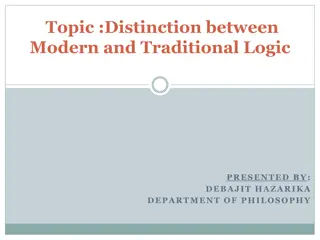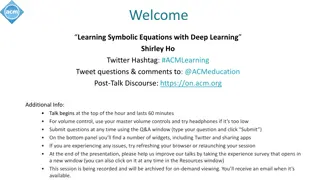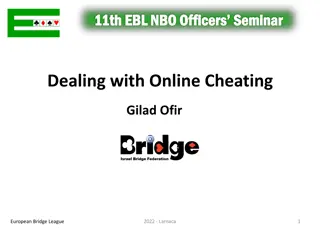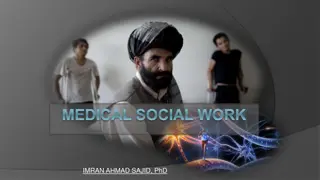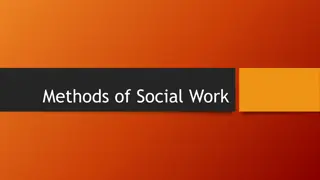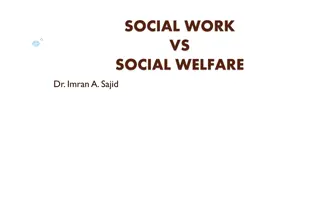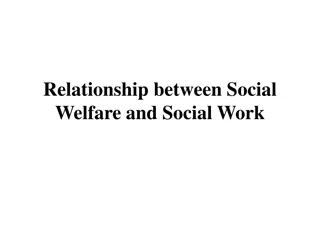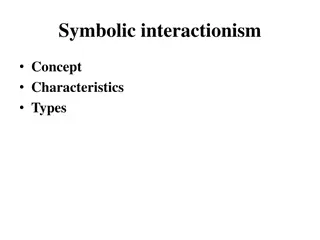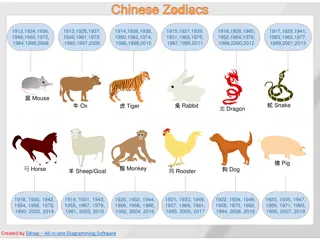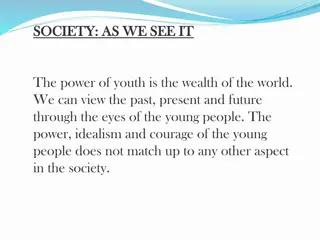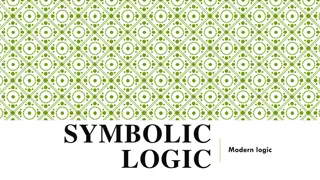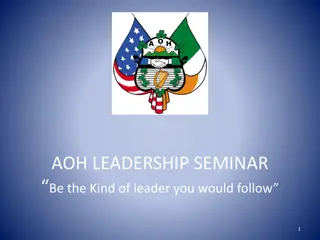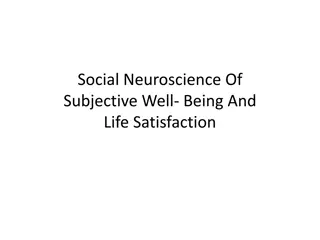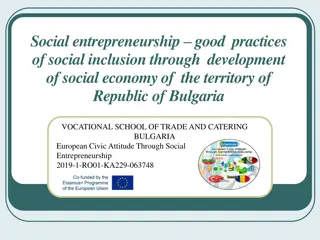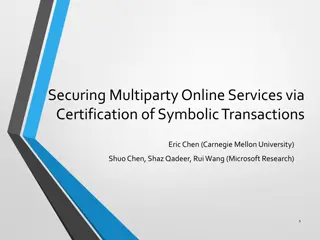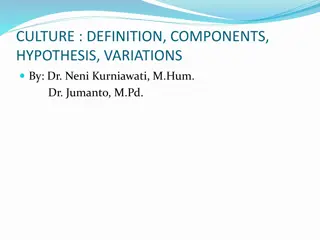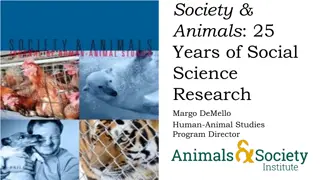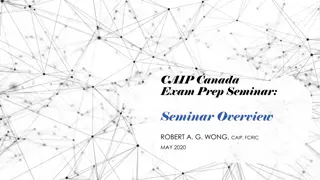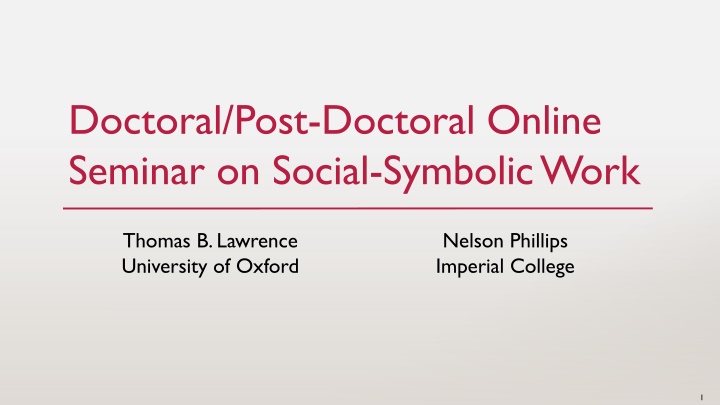
Exploring Social-Symbolic Work in Management and Organizations
Delve into the realm of social-symbolic work within management and organizations through a comprehensive online seminar featuring renowned experts from prestigious institutions like University of Oxford and Imperial College. Understand the historical evolution of organizations as social objects and the significance of organization work in shaping their identities. Discover the intricate relationships and shared understandings that define modern organizations as complex, dynamic entities.
Download Presentation

Please find below an Image/Link to download the presentation.
The content on the website is provided AS IS for your information and personal use only. It may not be sold, licensed, or shared on other websites without obtaining consent from the author. If you encounter any issues during the download, it is possible that the publisher has removed the file from their server.
You are allowed to download the files provided on this website for personal or commercial use, subject to the condition that they are used lawfully. All files are the property of their respective owners.
The content on the website is provided AS IS for your information and personal use only. It may not be sold, licensed, or shared on other websites without obtaining consent from the author.
E N D
Presentation Transcript
Doctoral/Post-Doctoral Online Seminar on Social-Symbolic Work Thomas B. Lawrence University of Oxford Nelson Phillips Imperial College 1
SOCIAL-SYMBOLICWORK IN MANAGEMENT AND ORGANIZATION RESEARCH Emotion work Identity work Career work Self work Strategy work Boundary work Technology work Organization work Practice work Category work Institutional work 3 3
ORGANIZATIONSAS SOCIAL SYMBOLIC OBJECTS a) An organization is commonly understood as two or more people who interact on an ongoing basis around a shared goal b) But organizations are not synonymous with the assemblies of people that animate them Much of what is important about organizations lies in the shared understandings held by members and interested external actors, and in the heterogenous relationships among and between this network of actors 5 5
A HISTORYOFTHE ORGANIZATIONASAN OBJECT Pre-modern Not separate from the humans that composed them Tribes, kingdoms, etc The modern organization Word organization appears in the 1700s The organization as something separate from its members A machine that can be improved The postmodern organization Loss of the idea of one best way Rationality is limited Organizations as one element of an ecosystem 6 6
ORGANIZATION WORK a) Not all purposeful effort that occurs in organizations is organization work b) Organization work is not about work done in organizations Organization work, then, describes the purposeful, reflexive efforts of individuals, collective actors, and networks of actors intended to shape organizations as social- symbolic objects c) but about working on organizations 7 7
WHATISNOT ORGANIZATION WORK? a) Efforts of actors to shape the idea of an organization is not organization work b) For example, the work done by actors in the United States to establish the B corporation as a type of organization. Organization work, then, describes the purposeful, reflexive efforts of individuals, collective actors, and networks of actors intended to shape organizations as social- symbolic objects 8 8
WHODOES ORGANIZATION WORK? Organizational members Organizational leaders External actors Others? An Organization 9
ORGANIZATIONWORK ANDWORK IN ORGANIZATIONS Task: (10 minutes) 1) Brainstorm forms of organization work you have performed in the last 7 days and put them on the left-hand side of the Jamboard 2) Brainstorm forms of work in organizations that you have done that ARE NOT forms of organization work (put them on the right-hand side) 3) In the middle column, put the forms of work that you weren t sure about (whether or not they counted as organization work) 10 10
STRATEGY WORK a) Focused on strategy as a social-symbolic object b) Strategy-as-practice scholarship Purposeful, reflexive efforts of actors to shape an organization s strategy, including such elements as defining an overarching direction for the organization, articulating key resources, mapping the competitive landscape, and creating a narrative that communicates the organization s strategy to members and external stakeholders 11 11
BOUNDARY WORK a) Focused on boundaries as a social-symbolic object b) (1) legal, (2) sphere of influence, (3) competencies, and (4) organizational identity c) Who does it? Work performed by actors to change or maintain a boundary in or around an organization 12 12
A PROCESS MODELOF SOCIAL-SYMBOLIC WORK Practices Resources Social-symbolic work Motivations Effects Situatedness 13
WORKING FROM HOME AND ORGANIZATIONWORK This exercise is also on p. 2 of today s Jamboard so you can see it in your breakout rooms In groups of 4, answer the following: 1. What forms of work are involved in successfully managing a workforce working from home? 2. What actors are doing this work? 3. Develop a research question based on your discussion that could form the basis for an AMJ article. (the process model is in the Jamboard as a resource for this part of the exercise) (20 min breakout) 14

